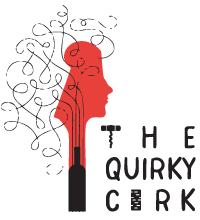Barbare Reserve Premier IX XI XII
The Barbare Reserve Premier is the second wine I’ve had by this organic wine maker and the first non vintage blend I’ve not only had, but remember even seeing here in Turkey. It’s a fancy wine with an equally fancy price tag; it will set you back 130 TL give or take depending on where you get it. With a whopping 15% AVP, the Barbare Reserve Premier is not fooling around. It’s a big wine and it wants you to know that right away. The wine is blend of 2009, 2011, and 2012 vintage Grenache, Syrah, Mouvedre, Cabernet Sauvignon, and Merlot which is aged for 36 months in French oak. Thirty-six months-that’s
Read More












